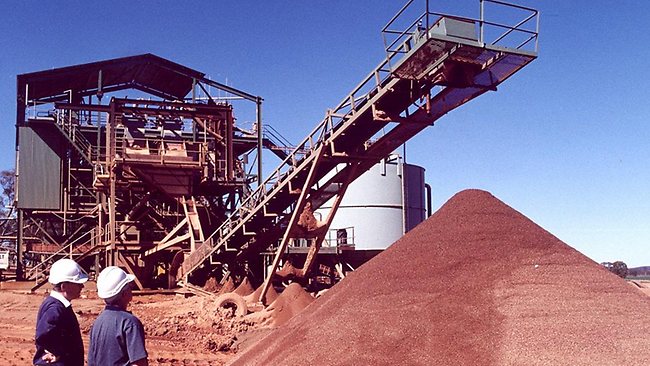Low prices worry chrome miners
ZIMBABWE’S mining industry says chrome sector growth continues to be undermined by poor prices offered by buyers.
Ferrochrome exports form a significant part of minerals that Zimbabwe trades on the international markets every year.
Although the country is targeting to transform its mining industry to a US$12 billion sector by 2023, the sector currently generates about US$2 billion per annum, with chrome exports contributing US$15 million.
Other key minerals produced in Zimbabwe include gold, platinum and diamonds.
Zimbabwe Miners Federation spokesperson Dosman Mangisi on Monday said chrome ore under-pricing and international trade disruptions triggered by COVID-19 had become the biggest threat to miners.
“The current state of chrome is a bit down due to a number of issues, mainly pricing and COVID-19,” Mangisi said.
“The sector is losing potential revenue due to a lot of agents on the ground and under-pricing. Prices offered by the Chinese (who have emerged as the biggest market in the past decade) are very low. Chrome miners are suffering, particularly small-scale miners,” Mangisi added.
“I cannot say we have a ready market. The current buyers are failing to absorb what is on offer. The prices are trending at US$60 and US$80 per tonne depending on the grades,” he said.
This is far below the prevailing prices on the international markets.
In 2015, government reversed a ban on chrome ore exports that had been introduced in 2011 in an effort to force miners to value-add the mineral before shipping it out.
Zimbabwe has the world’s second-largest high-grade chromium ore deposits of approximately 10 billion tonnes, around 12% of global reserves, according to the Mines and Mining Development ministry.
These reserves are only second to South Africa.
But the chrome-rich nation produced just 866 000 tonnes of chrome ore in 2019, accounting for only 2,5% of global output, according to the International Chromium Development Association.-newsday.co.zw








